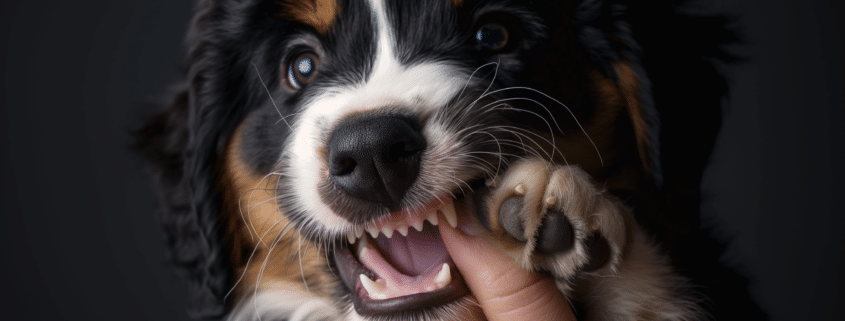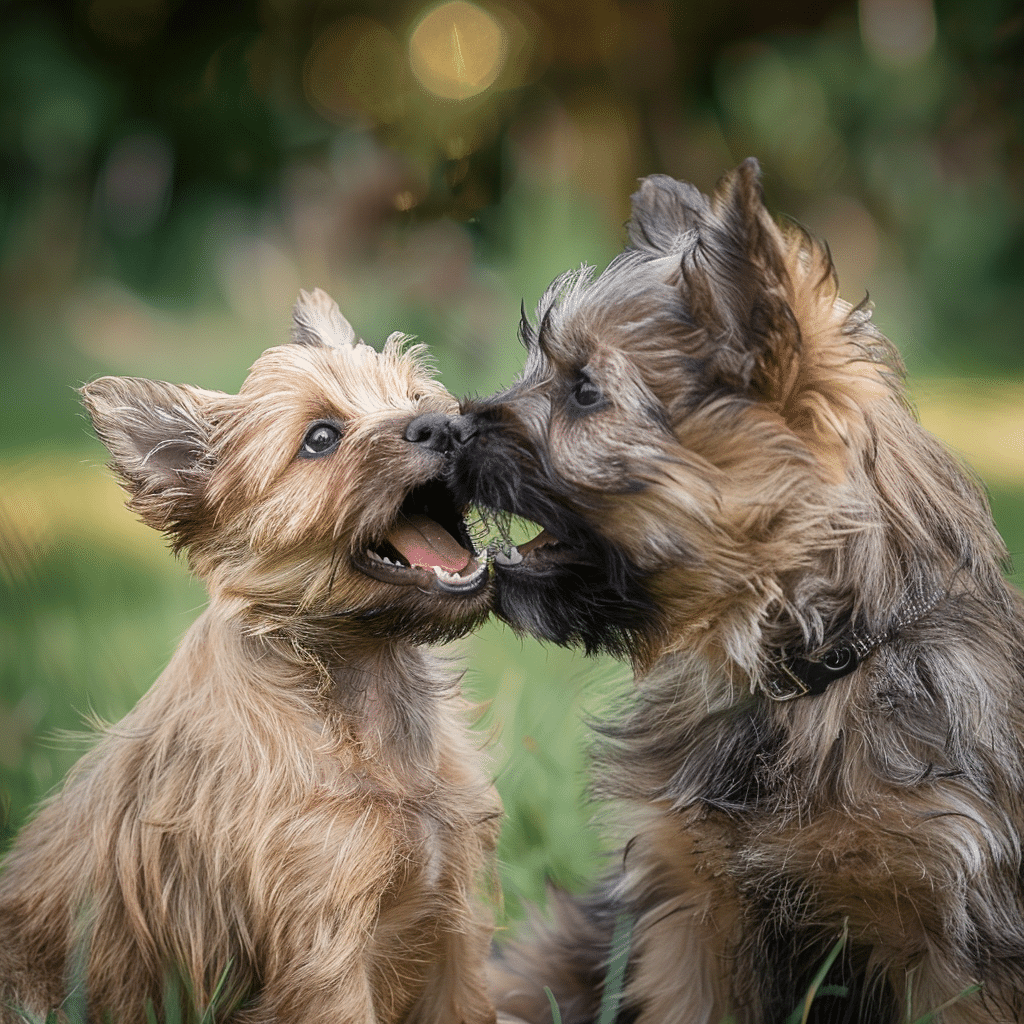Navigating Puppy Biting: Tips for Pet Parents
Welcoming a new puppy into your home brings boundless joy and excitement. However, as your furry friend explores their world, you may encounter the challenge of puppy biting. Understanding the underlying reasons behind this behavior and implementing effective training strategies can foster a harmonious relationship between you and your pup. We sat down with Dan Rana, a seasoned dog trainer at Canine Advance Training Services in Las Vegas, NV, to unravel the complexities of puppy biting and offer practical advice for pet parents.
Meet Dan Rana:
Dan’s passion for canine behavior blossomed during his time in Texas, where he embarked on a journey to deepen his understanding of dog training and behavior. Now, with over a decade of experience and a pack of four adorable miniature dachshunds by his side, Dan brings his expertise to Pet Health, serving as our go-to resource for all things behavioral and training-related. For more information about Dan’s training services, visit his website at Positively Trained LV.
Understanding Puppy Biting:
Puppies bite for various reasons, from teething and attention-seeking to social play and exploration. Dan emphasizes that understanding the context of the biting behavior is crucial for pet parents. Normal puppy-mouthing typically occurs during play or exploration, whereas more aggressive biting may stem from frustration, fear, or overstimulation.
Teaching Bite Inhibition:
Effective bite inhibition techniques are essential for guiding puppies toward appropriate behavior. Dan recommends making a loud “ouch” or crying sound when a puppy bites inappropriately to convey that their actions cause discomfort. Additionally, redirecting the puppy’s attention to toys or basic obedience cues like “focus” or “sit” helps reinforce positive behavior.
Redirection and Management:
Redirecting and managing puppy biting behavior requires patience and consistency from pet parents. Appropriate chew toys and basic obedience cues can redirect a puppy’s focus away from inappropriate biting. Consistent reinforcement of rules and boundaries helps establish clear expectations for your puppy.
Recognizing Warning Signs:
Pet parents should remain vigilant for warning signs indicating escalating biting behavior. Increased pressure or frequency of biting may signify underlying issues that require attention. Consistency and calm responses from pet parents are essential for addressing and correcting escalating biting behavior.
Addressing Biting Behavior at Home:
Implementing simple rules and maintaining consistency are vital strategies for addressing puppy biting at home. Allowing everyone in the household to respond to biting behavior consistently fosters a conducive environment for training. Offering appropriate toys, enforcing “time-outs,” and establishing clear boundaries help shape desirable behavior in puppies.
Seeking Professional Guidance:
While some degree of puppy biting is normal, pet parents should seek professional guidance if they encounter challenges beyond their expertise. Consulting a trainer can provide valuable insights into understanding and effectively addressing biting issues. Seeking guidance early on can prevent frustration and facilitate a smoother training process.
Mastering puppy biting requires patience, consistency, and a deep understanding of your puppy’s behavior. By implementing the insights and strategies shared by Dan Rana, pet parents can navigate the challenges of puppy biting with confidence, fostering a strong bond based on trust and positive reinforcement.





